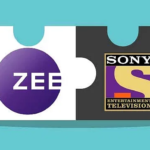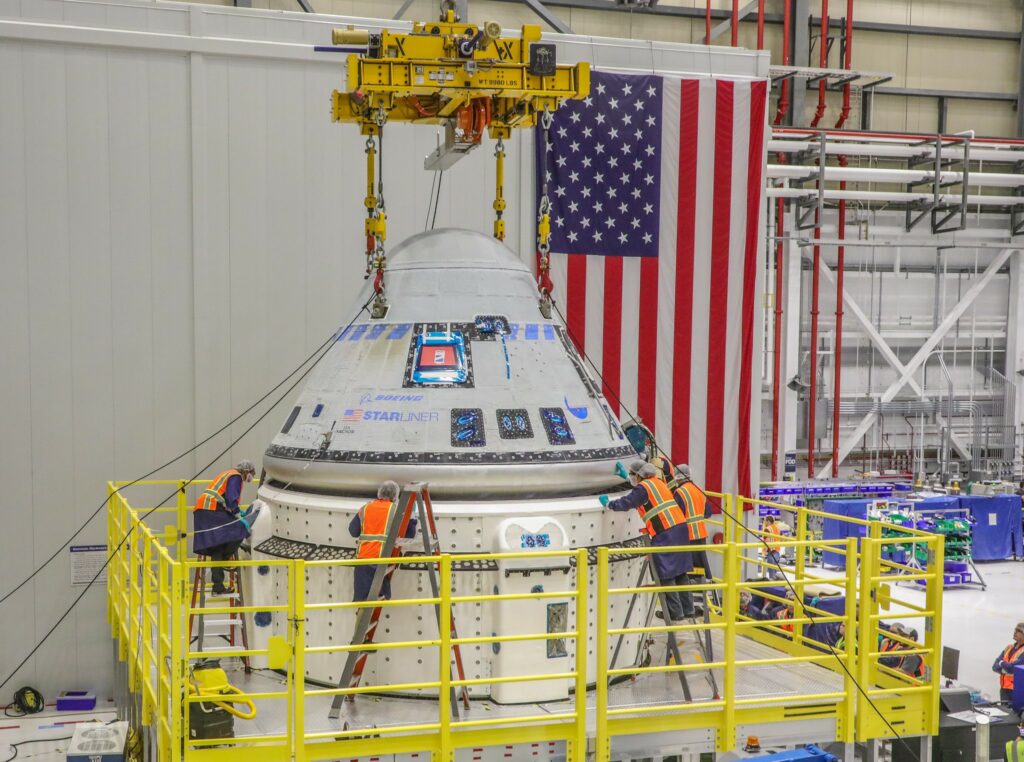In a historic moment, the first U.S. lunar lander in over 50 years has embarked on a thrilling journey toward the moon. Astrobotic Technology, a Pittsburgh-based company, aims to become the first private business to successfully land on the moon, joining the ranks of four countries that have accomplished this feat. This exciting mission is in collaboration with NASA, which has provided funding to private companies like Astrobotic to build and fly their own lunar landers.
The lunar lander from Astrobotic caught a ride on United Launch Alliance’s (ULA) brand new rocket, the Vulcan. With its launch, the Vulcan soared through the predawn sky of Florida, setting the spacecraft on a roundabout route to the moon. The anticipated landing is scheduled for February 23rd, marking a significant milestone in space exploration.
Astrobotic’s CEO, John Thornton, expressed his exhilaration by stating, “So, so, so excited. We are on our way to the moon!” As the mission progresses, Astrobotic faces competition from a Houston-based company, which also has a lunar lander ready for flight and may beat Astrobotic to the lunar surface by taking a more direct path. The race to be the first private company to land on the moon adds an extra layer of excitement to this mission.
NASA’s collaboration with private companies like Astrobotic aims to pave the way for future astronaut missions to the moon. These privately owned landers play a vital role in scouting out the lunar surface before astronauts arrive, as well as delivering NASA technology, scientific experiments, and various payloads for other customers. Astrobotic’s contract for their Peregrine lander alone amounts to an impressive $108 million.
This mission marks a significant moment in space exploration as it has been almost five decades since the United States launched a moon-landing mission. The Apollo program’s last mission, Apollo 17, saw Gene Cernan and Harrison Schmitt become the 11th and 12th men to walk on the moon. Now, NASA’s Artemis program, named after Apollo’s twin sister in Greek mythology, aims to return astronauts to the moon’s surface in the coming years. The first step will be a lunar fly-around with four astronauts, potentially taking place before the end of this year.
The Vulcan rocket’s initial test flight delayed for a prolonged period, making Monday’s moonshot even more significant. The Vulcan rocket, standing at 202 feet in height, is an upgraded version of ULA’s successful Atlas V rocket. It incorporates two main engines from Jeff Bezos’ rocket company, Blue Origin. ULA’s successful launch cleared the path for the lunar lander’s journey, causing ULA’s chief executive, Tory Bruno, to joyfully exclaim, “Yee-haw! I am so thrilled, I can’t tell you how much.”
The United States and the Soviet Union achieved several successful moon landings in the 1960s and 1970s before pausing their lunar exploration efforts. China joined the elite group in 2013, followed by India in 2023. However, last year witnessed both Russian and private Japanese companies’ unsuccessful attempts, with their landers crashing into the moon’s surface. An Israeli nonprofit also faced a similar fate in 2019. The upcoming month will continue the lunar exploration momentum as SpaceX prepares to launch a lander from Intuitive Machines. With both spacecraft potentially attempting to land within days or even hours of each other, the excitement continues to build.
The most significant challenge of this mission will be the long, hourlong descent to the lunar surface. Astrobotic’s CEO, John Thornton, describes the descent as “exciting, nail-biting, terrifying all at once.” As the Peregrine lander descends, it carries a wide range of payloads, including NASA experiments and Astrobotic’s very own freight business creations. The cargo includes a chip of rock from Mount Everest, toy-size cars from Mexico that will cruise on the lunar surface, and even the ashes and DNA of deceased space enthusiasts like “Star Trek” creator Gene Roddenberry and science fiction writer Arthur C. Clarke.
While this mission evokes tremendous excitement, it is not without controversy. The Navajo Nation has recently sought to delay the launch due to concerns about human remains on board. They view it as a “profound desecration” of a celestial body revered by Native Americans. However, Astrobotic maintains that the objections came too late, but they promise to work with the Navajo Nation to find a path forward for future missions. Celestis, one of the spaceflight memorial companies involved, supports the mission and states that no single culture or religion can claim ownership of the moon or veto a mission. The rocket’s upper stage carries more remains and was boosted into a perpetual orbit around the sun, reaching as far as Mars.
As Astrobotic’s lunar lander, Peregrine, embarks on this ambitious mission, it carries the dreams and hopes of many individuals. The cargo fares for Peregrine varied, with prices ranging from a few hundred dollars to $1.2 million per kilogram. Breaking even financially is not the primary objective for this first flight. John Thornton acknowledges the significance of the mission, saying, “A lot of people’s dreams and hopes are riding on this.”
This historic and groundbreaking mission truly symbolizes the spirit of exploration and human curiosity. The collaborative efforts between private companies and NASA pave the way for a renewed era of space exploration and inspire future generations to reach for the stars. The excitement and anticipation surrounding the moon landing will captivate audiences, reminding us of the remarkable achievements of the past and the limitless possibilities for the future.
The Associated Press Health and Science Department receives support from the Howard Hughes Medical Institute’s Science and Educational Media Group. The AP is solely responsible for all content.
Also Read: Grand Theft Auto V Source Code Leaked: Implications for GTA VI and Beyondv






















One thought on “First US Lunar Lander in More Than 50 Years Rockets Toward Moon with Commercial Deliveries”